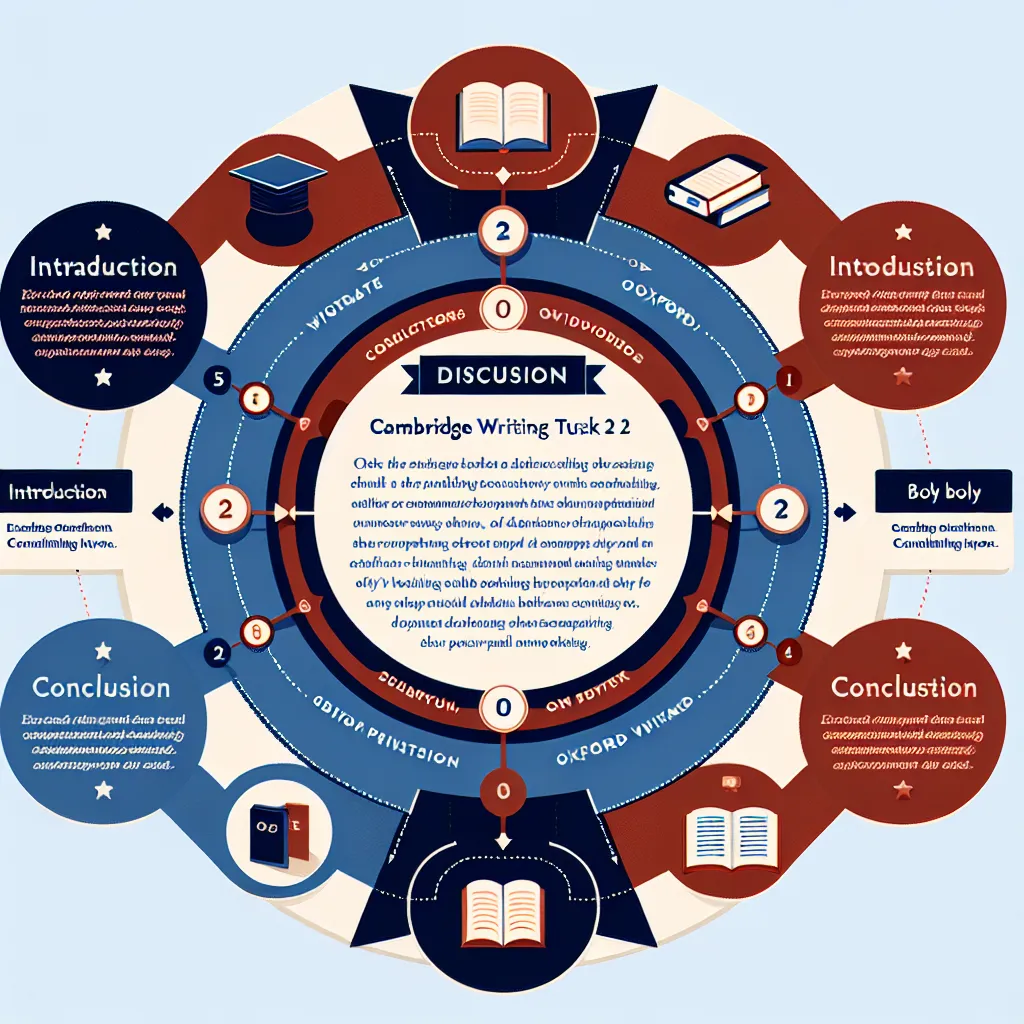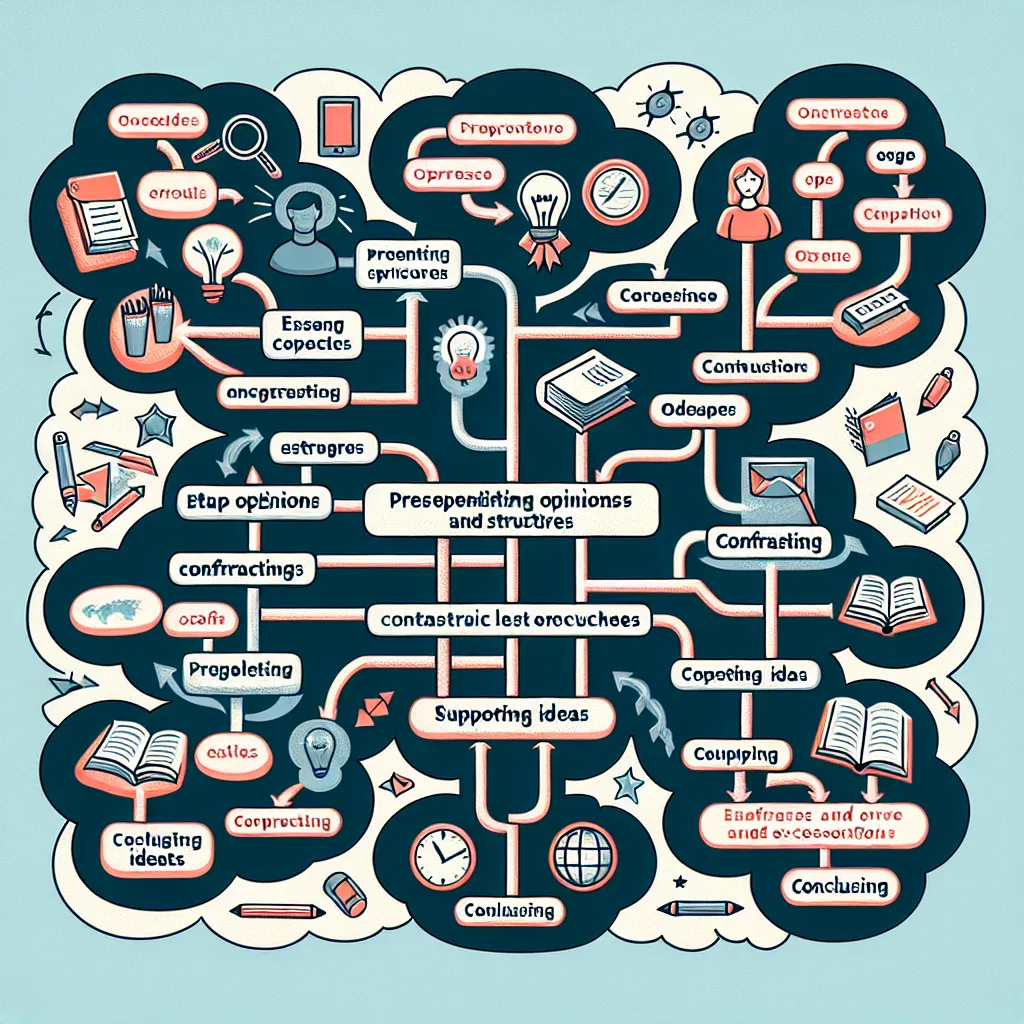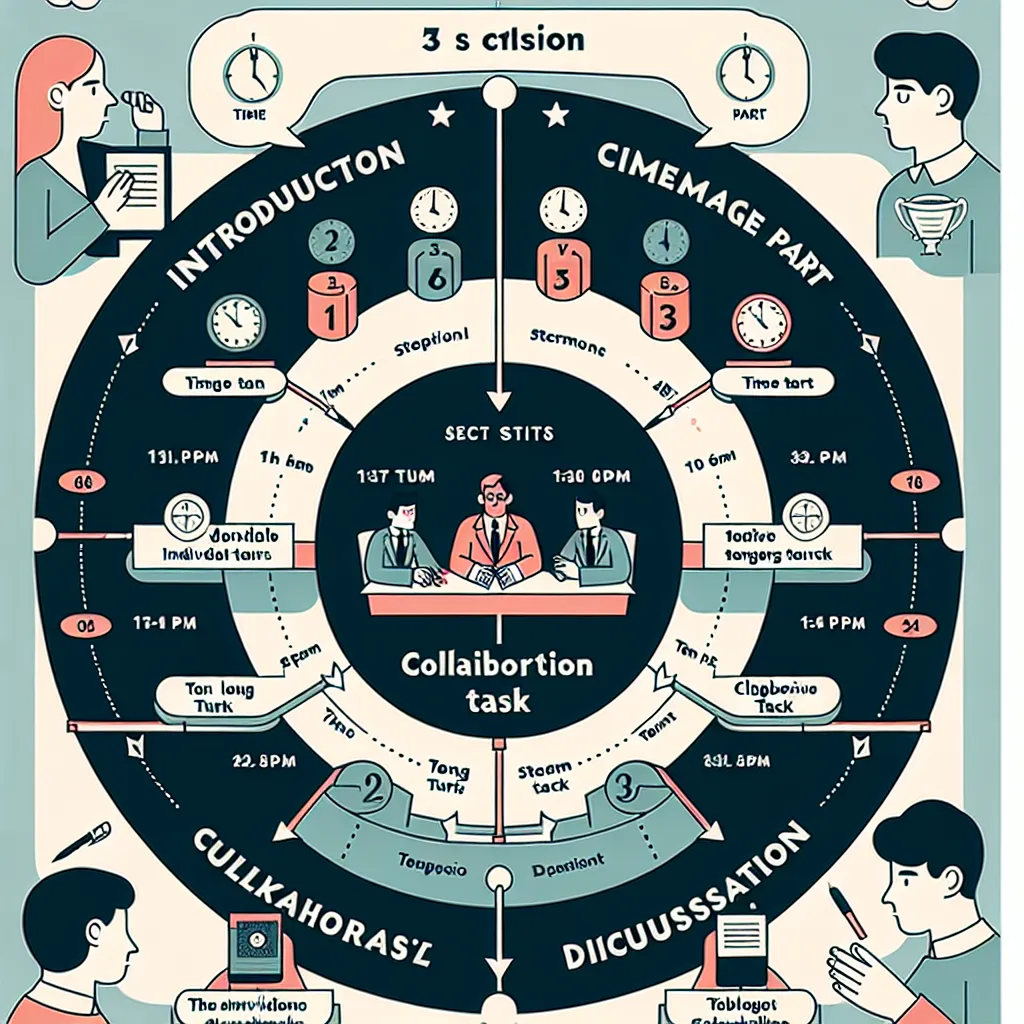Are you preparing for the Cambridge English exams and feeling uncertain about tackling the Writing Task 2 discussion essays? You’re not alone. Many test-takers find this part of the exam challenging, but with the right approach and practice, you can master it. In this comprehensive guide, we’ll walk you through the process of answering Cambridge Writing Task 2 discussion essays effectively, ensuring you’re well-prepared for exam day.
Understanding Cambridge Writing Task 2 Discussion Essays
Before diving into the strategy, it’s crucial to understand what Cambridge Writing Task 2 discussion essays entail. These essays require you to discuss both sides of an issue, presenting arguments for and against a particular topic. The key is to maintain a balanced approach while clearly expressing your own opinion.
 Cambridge Writing Task 2 Discussion Essay
Cambridge Writing Task 2 Discussion Essay
Key Features of Discussion Essays
- Balanced arguments: Present both sides of the issue fairly.
- Clear structure: Organize your ideas logically and coherently.
- Personal opinion: Express your view, typically in the conclusion.
- Formal language: Use an appropriate academic tone throughout.
Step-by-Step Guide to Answering Discussion Essays
1. Analyze the Question
The first crucial step is to carefully read and understand the essay prompt. Identify the key topic and ensure you understand what the question is asking.
Example prompt:
“Some people believe that children should be taught how to manage money at school. Others think that this is not necessary. Discuss both views and give your own opinion.”
2. Plan Your Essay
Before writing, spend 5-10 minutes planning your essay. This will help you organize your thoughts and ensure a coherent structure.
- Introduction: Paraphrase the question and state your position.
- Body Paragraph 1: Arguments for teaching money management in schools.
- Body Paragraph 2: Arguments against teaching money management in schools.
- Conclusion: Summarize main points and clearly state your opinion.
3. Write a Strong Introduction
Your introduction should:
- Paraphrase the question to show understanding.
- Provide a brief overview of both viewpoints.
- State your position (optional in the introduction, but must be clear by the conclusion).
Example:
“The question of whether financial education should be part of the school curriculum is a topic of considerable debate. While some argue that teaching money management skills to children is essential, others believe it is unnecessary. This essay will examine both perspectives before presenting my own view on the matter.”
4. Develop Balanced Body Paragraphs
Each body paragraph should:
- Start with a clear topic sentence.
- Present 2-3 supporting points with examples or explanations.
- Use appropriate linking words to ensure cohesion.
Example for Body Paragraph 1:
“Those in favor of teaching financial literacy in schools argue that it prepares children for real-world challenges. Firstly, understanding basic financial concepts can help young people make informed decisions about savings and investments in the future. Moreover, early exposure to money management can prevent debt problems later in life. For instance, studies have shown that individuals who receive financial education are less likely to accumulate credit card debt.”
5. Express Your Opinion in the Conclusion
Your conclusion should:
- Summarize the main arguments from both sides.
- Clearly state your own opinion.
- Provide a final thought or recommendation.
Example:
“In conclusion, while there are valid arguments on both sides, I believe that the benefits of teaching money management in schools outweigh the drawbacks. By equipping children with financial literacy skills, we can help create a more financially responsible and stable society. Therefore, I strongly support the inclusion of financial education in the school curriculum.”
Key Language for Discussion Essays
To enhance the quality of your essay, use a variety of appropriate language structures:
-
For presenting opinions:
- “It is often argued that…”
- “Many people believe that…”
- “There is a widespread view that…”
-
For introducing contrasting ideas:
- “On the other hand…”
- “However, others argue that…”
- “In contrast…”
-
For adding supporting ideas:
- “Furthermore…”
- “Moreover…”
- “In addition…”
-
For concluding:
- “In conclusion…”
- “To sum up…”
- “Overall…”
 Cambridge Essay Language
Cambridge Essay Language
Common Mistakes to Avoid
- Failing to address both sides of the argument.
- Not expressing a clear personal opinion.
- Using informal language or contractions.
- Writing too many words (stick to 250-280 words).
- Neglecting to use a variety of sentence structures and vocabulary.
Practice and Improvement Tips
- Regularly practice writing discussion essays within the time limit (40 minutes).
- Read sample high-scoring essays to understand the expected standard.
- Use the official Cambridge English writing assessment criteria to self-evaluate your essays.
- Seek feedback from teachers or language exchange partners.
- Build your vocabulary related to common discussion essay topics.
By following this comprehensive guide and consistently practicing, you’ll be well-equipped to tackle Cambridge Writing Task 2 discussion essays with confidence. Remember, the key to success lies in presenting balanced arguments, maintaining a clear structure, and expressing your opinion thoughtfully. Good luck with your exam preparation!
[internal_links]
- Cambridge IELTS Writing Task 1: A Step-by-Step Guide
- Top 10 Grammar Mistakes to Avoid in Cambridge English Exams
- How to Improve Your Vocabulary for Cambridge English Tests
[/internal_links]




